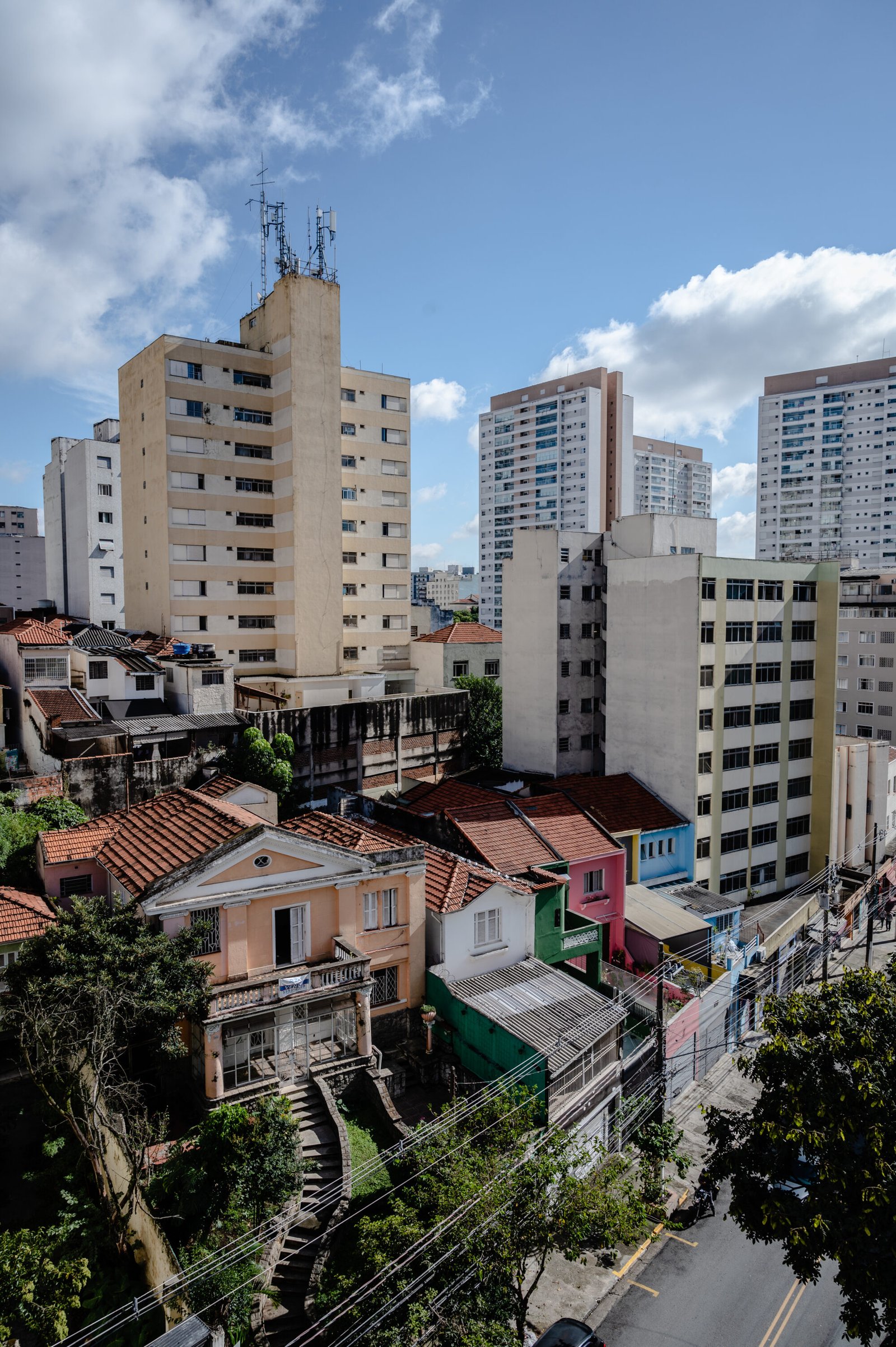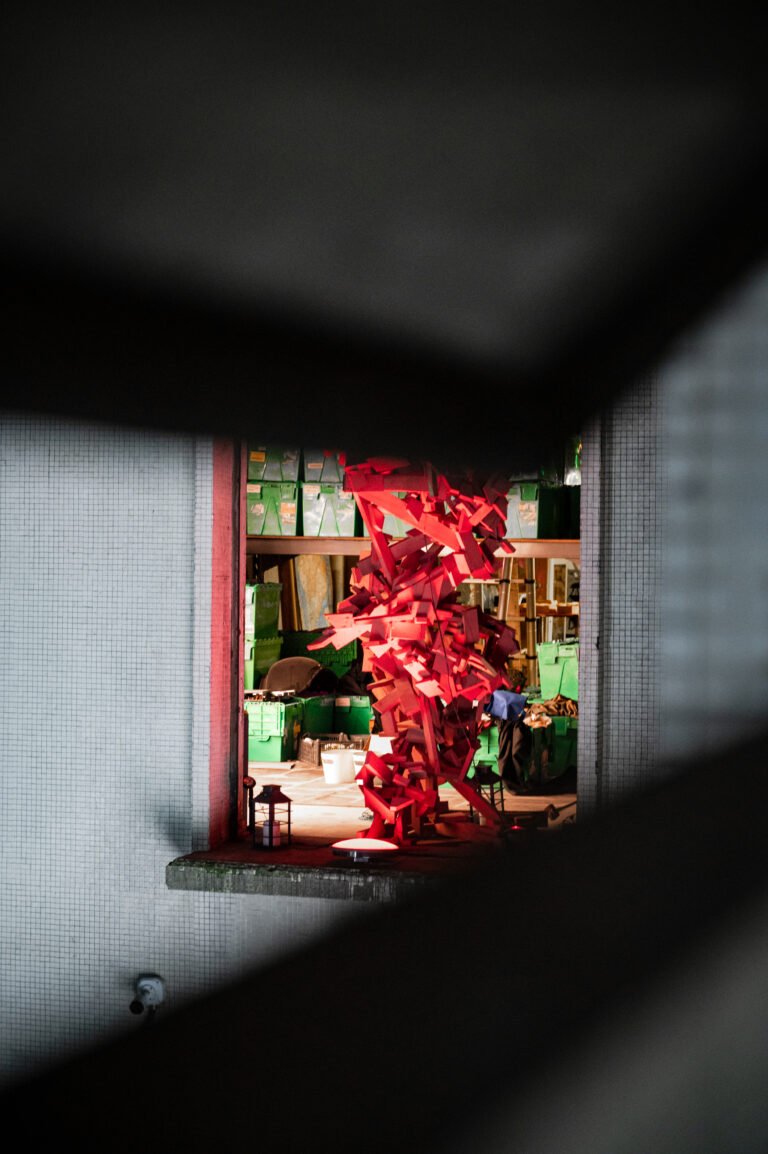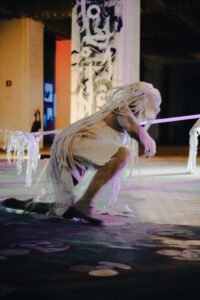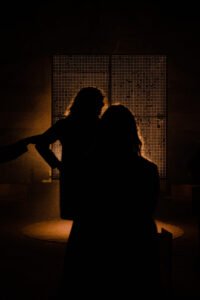A City of Contrasts
Welcome to São Paulo, a sprawling metropolis that pulses with energy, creativity, and a vibrant blend of cultures. As the largest city in Brazil and one of the most populous in the world, São Paulo is a captivating destination that offers a multitude of experiences to its visitors. From its bustling city streets and iconic landmarks to its diverse neighborhoods and rich cultural heritage, São Paulo has something for everyone.
São Paulo is a city of contrasts, where towering skyscrapers coexist with historic buildings and slums. The iconic skyline along Avenida Paulista showcases the city’s impressive architectural prowess, while the historic downtown area, known as Centro, reveals São Paulo’s colonial past. Narrow streets of the old city center and architectural gems like the São Paulo Cathedral and the Municipal Theatre, a stunning opera house that hosts world-class performances, charming streets of the neighborhood of Vila Madalena, known for its colorful graffiti art and bohemian atmosphere, Liberdade, home to the largest Japanese community outside of Japan, neighborhood of Bixiga, as a taste of Brazil’s African heritage – just a glimpse of what the city has to offer.
São Paulo, as a prime example of a bustling metropolitan city, offers a microcosm of the larger urban experience. While it presents opportunities, vibrancy, and innovation, it also highlights the challenges of disconnection from nature, community, and self. Understanding these facets is crucial in appreciating the complex impact that metropolitan cities can have on individuals, and how they shape both our external and internal landscapes.

How Life in a City Affects One’s Well-being?
Disconnection from Nature:
One of the first impressions when stepping into São Paulo is the disconnection from nature. Unlike smaller towns where the weather and seasonal harvests influence daily life, São Paulo operates in a climate of its own. Here, food choices aren’t bound by agricultural seasons; instead, they’re a reflection of global culinary diversity. This disconnect from nature can affect one’s sense of harmony with the environment.
Disconnection from Community:
In a metropolis, the sheer volume of people passing by each day can lead to a disconnection from the sense of community. You become immune to the struggles of the homeless, and you may pass countless individuals without so much as a nod. In smaller towns, each person is acknowledged, and connections are fostered, making for a stark contrast to the anonymity of urban life.
Disconnection from Self:
The high-paced, expensive lifestyle of a city like São Paulo often exerts relentless pressure on its residents. In the quest to keep up with the rapid pace of society, many end up outrunning themselves. The never-ending chase for success and materialism can lead to a disconnect from one’s true self, leaving an individual feeling out of alignment and disharmonious.
What are some effective ways to foster a connection with nature, build a sense of community, and nurture self-awareness while residing in an urban environment?”
RECONNECTING WITH NATURE THROUGH ART
In the midst of towering skyscrapers and busy streets, finding a space for nature seems challenging. Spending time outdoors and in parks is a great way for getting in touch with nature. Yet, art has the ability to bring nature back into the lives of urban dwellers. Through sculptures, murals, and installations, artists can transform the cityscape, infusing it with elements of nature. These artistic expressions serve as reminders of the natural world, allowing individuals to momentarily escape the concrete confines and experience the healing power of the outdoors.
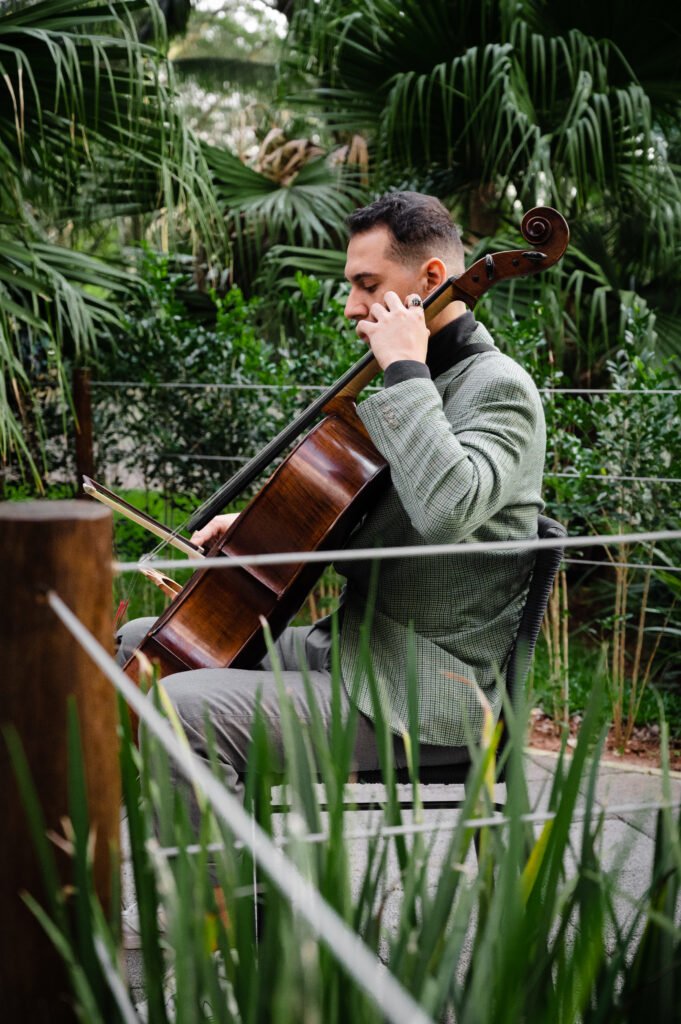
REKINDLING HUMAN CONNECTIONS:
In densely populated cities, it’s easy to feel lost in a sea of anonymous faces, leading to a sense of disconnection from others. However, art has the capacity to bridge these gaps and foster a sense of community. Public art installations, galleries, and cultural events provide spaces where individuals can come together, share experiences, and engage in meaningful conversations. Art becomes a common language, transcending social barriers and enabling people to connect on a deeper level.
Art and Museums
São Paulo is a haven for art enthusiasts, boasting an impressive array of museums and galleries. The São Paulo Museum of Art (MASP) is a must-visit, housing a vast collection of Brazilian and international art, including works by renowned artists such as Van Gogh and Picasso. Explore the Pinacoteca do Estado, a beautiful museum dedicated to Brazilian visual arts, and the Instituto Tomie Ohtake, a contemporary art center known for its innovative exhibitions.
REDISCOVERING SELF-REFLECTION:
The fast pace of city life often leaves little room for self-reflection. People become consumed by their daily routines, leaving little time for introspection and personal growth. Art offers an escape from this perpetual motion, inviting individuals to pause, contemplate, and explore their own emotions and thoughts. Whether it’s through visiting a museum, attending a theater performance, or engaging in a creative pursuit, art allows individuals to reconnect with their inner selves and find solace amidst the chaos.
The concrete jungles of big cities can often overshadow the beauty and human stories that lie within their midst. However, amidst the stress and chaos, art emerges as a powerful remedy, capable of healing and reconnecting individuals with the world around them.
In the bustling city of São Paulo, where disconnection can easily overshadow happiness, art emerges as a powerful force that transcends barriers and restores harmony. It acts as a bridge, reconnecting individuals with nature, fostering human connections, and facilitating self-reflection. Through its transformative and therapeutic qualities, art has the capacity to heal and bring joy to the lives of city dwellers, reminding them of the beautiful stories that lie hidden within the urban landscape. In the midst of the concrete jungle, art becomes the catalyst for reconnection and the cure for the soul.
The Diverse Roles and Significance of Art in Society
Art as Therapy:
The transformative power of art extends beyond its ability to reconnect individuals with their surroundings. It also serves as a therapeutic outlet, allowing people to express and process their emotions. In a city that can often feel overwhelming and stressful, engaging with art provides a cathartic release, helping individuals find balance and emotional well-being. Art therapy programs and community initiatives further demonstrate the positive impact of art in promoting mental health and healing.
Expressing the Inexpressible:
Art has the extraordinary ability to give form to the ineffable aspects of human existence, transcending the limitations of language and logic. In a similar vein, spirituality aims to comprehend the mysteries of life that often elude rational understanding. Through artistic creation, individuals can express and communicate their deepest spiritual experiences, emotions, and perceptions, offering a glimpse into the realm beyond the material world. Through artistic expression and spiritual exploration, people find a unique channel to delve into the depths of their being, seeking meaning, connection, and a sense of transcendence.
Connecting with Origins:
Both art and spirituality can serve as pathways to connect with one’s origins. Whether it be exploring ancestral roots, cultural heritage, or a connection to the natural world, art provides a medium through which individuals can engage with their origins and honor their roots. By delving into spiritual practices, individuals seek a deeper understanding of their place in the universe and their connection to something greater, be it a higher power, cosmic energy, or the collective consciousness of humanity.
Symbolism and Transcendence:
Art often employs symbolism to convey deeper meanings and transcend everyday realities. Similarly, spirituality frequently utilizes symbolic language to communicate abstract concepts and spiritual truths. Through art, individuals can explore symbolic representations, archetypes, and metaphors that open pathways to spiritual understanding and self-realization. Symbolism becomes a bridge that connects the visible and the invisible, the mundane and the divine
Self-Knowledge and Inner Transformation:
Both art and spirituality offer transformative potential, providing individuals with a path toward self-knowledge and inner growth. Through creative expression, artists delve into their subconscious, exploring their desires, fears, and aspirations. This process allows for self-reflection and a deeper understanding of one’s identity. Similarly, spiritual practices such as meditation, contemplation, or prayer encourage individuals to explore their inner landscapes, uncover hidden truths, and cultivate self-awareness.
Unity and Oneness:
Art and spirituality have the power to transcend boundaries and foster a sense of unity. In the realm of art, diverse forms, styles, and cultural expressions converge, creating a tapestry of human experiences. Similarly, spirituality recognizes the inherent interconnectedness of all beings, emphasizing unity rather than separation. Artistic endeavors and spiritual pursuits enable individuals to experience a sense of oneness, forging connections with others and the world around them.
The relationship between art and spirituality is a profound and transformative one. Through artistic expression and spiritual exploration, individuals embark on a journey of self-knowledge, seeking connection with their origins and a deeper understanding of their place in the world. Art becomes a vessel for expressing the inexpressible, while spirituality offers a framework for exploring the mysteries of existence. Together, art and spirituality offer a profound pathway to self-discovery, inner growth, and a connection with the universal consciousness that transcends the boundaries of time and space.
EXHIBITION
Name:
“Visible Unrealities”
Opening: April 21, 2023
Visitation: until April 30, 2023
Location: Former Telesp building

